SPECIAL REPORT: Invasive Aedes Infesting SoCal
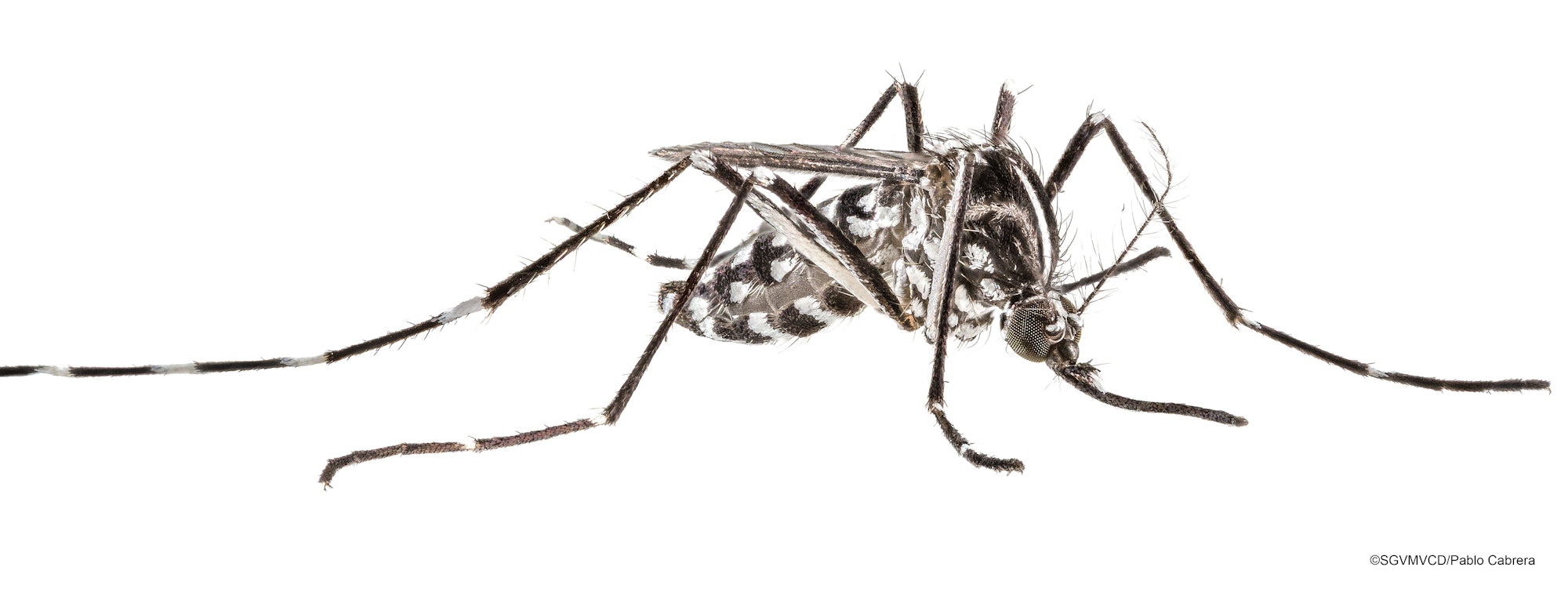
Feel like mosquitoes are getting hungier for blood?
While they love to feed on us, the real answer is that mosquito populations are growing in SoCal.
Aggressive "Ankle-biters" known as Aedes mosquitoes populated SoCal in 2011 🦟
Aedes are infamous for time-capsule eggs and the ability to transmit fatal diseases 🦠
Aedes thrive in SoCal climate and breed year-long wherever there's stagnant water 💧

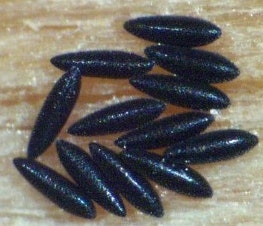


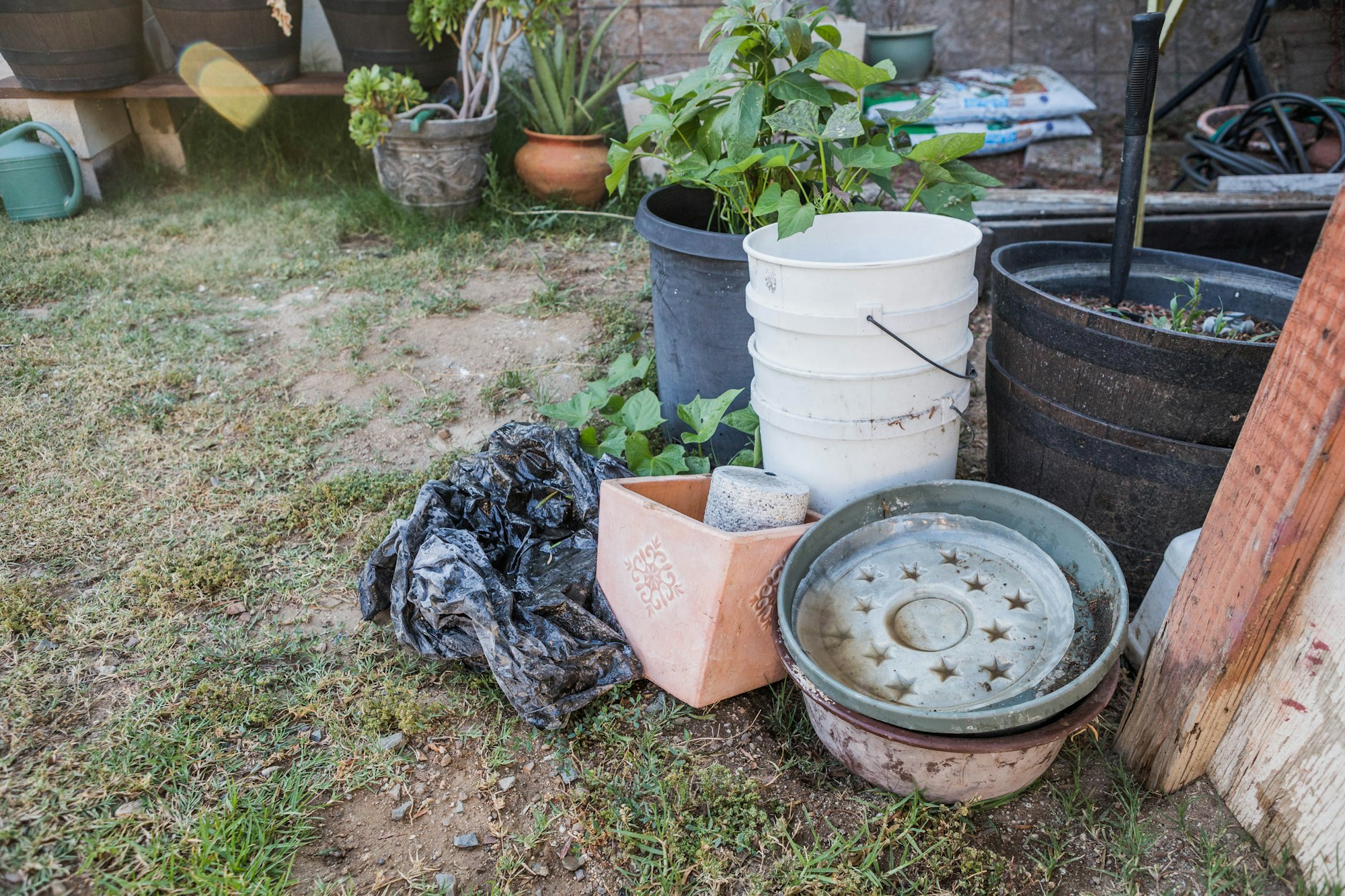







We asked experts at two vector control districts about the situation.
Answers by San Gabriel Valley Mosquito & Vector Control District (SGVMVCD) and Greater Los Angeles County Vector Control District (GLAMVCD).
WHY ARE AEDES MOSQUITOES CALLED "ANKLE BITERS"?
They are known to bite below the waist. The most exposed skin on our legs tends to be our ankles so that's where they target. But any exposed skin on the arms, neck, face, and legs is fair game. To them, we're just juice boxes of blood.
Fact: Only female mosquitoes bite. They can live about 2 months.
IT SEEMS LIKE THERE ARE MORE MOSQUITOES THIS YEAR. ARE THERE?
There are more types (species) of mosquitoes now. The new invasive Aedes mosquitoes infest new communities every year. Since Aedes mosquitoes bite more aggressively it may appear there are more numbers of mosquitoes. Aedes bite very aggressively compared to our native Culex mosquitoes and can make even short periods outdoors difficult.
Female mosquitoes use the protein in our blood to make her eggs. Yikes!
SO WE HAVE NEW MOSQUITOES HERE NOW. WHAT'S THE BIG DEAL?
Imagine having the most excruciating joint pain for a week and missing work. Or, one day, you realize that a newborn in the family may have birth defects due to Zika. Those are possible realities with the Aedes mosquitoes. Luckily, at this time, there aren’t any local outbreaks, but the mosquitoes are here now, which presents this potential risk.
CAN'T VECTOR CONTROL GET RID OF THESE INVASIVE INSECTS?
Between the two Los Angeles County vector control districts, GLACVCD and SGVMVCD, there are only 140 vector control staff protecting 8.1 million residents. And if we tried to visit every property just once, it would take us nearly three years! Residents who care about their health, and do not want to get bites, must do their part to eliminate stagnant water in their yards and patios. Learn more by visiting this link.
AREN'T DIRTY SWIMMING POOLS THE BIGGEST MOSQUITO PROBLEM IN MY NEIGHBORHOOD?
Our common house mosquito loves lounging and laying eggs in dirty pools. However, the Aedes mosquitoes prefer small cryptic sources like bottle caps, small vases, old tires, and any container holding a small amount of water.
ISN'T THERE A SPRAY THAT CAN JUST GET RID OF THESE MOSQUITOES?
Vector control is very sensitive to how its operations impact the environment. Our EPA-registered pesticides can work, but, like any tool, they must be used carefully and at certain times so they do not impact other wildlife. Even so, doing any kind of treatment is very expensive and isn’t a long-term solution. Pesticides won’t be able to kill the mosquito eggs and can’t eliminate stagnant water. Tipping out water and tossing out containers that hold water are the best solutions for mosquito control, but everyone has to participate.
ARE WE DOOMED TO HAVE AEDES TAKE OVER OUR LIVES?
No. We can still work together to reduce the threat. We can keep them out by tipping out stagnant water and tossing unused containers that can hold stagnant water. Replacing our landscape with California native plants is a long-term, pesticide-free way of keeping mosquitoes away.

That’s right! Mosquitoes need standing water to lay their eggs and grow. Any container that holds more than a teaspoon of water and is left uncovered for more than a few days can grow mosquitoes. Take a look at what the life cycle looks like.
Egg


The female mosquito finds a suitable place to lay her eggs. Depending on the species mosquitoes lay eggs in rafts of 100-300 eggs on the water surface, or individually on containers above the water line.
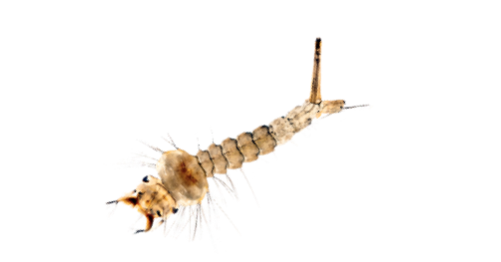
Larva
Within days, larvae hatch from the eggs. Mosquito larvae are often found at the surface of the water where they breathe air through their siphon and feed on algae and bacteria in the water. They shed their skin four times as they grow over several days.
Pupa
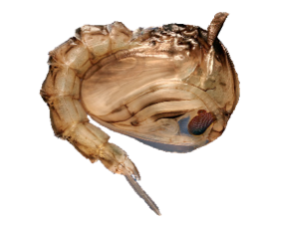
In the next stage of the life cycle, mosquitoes develop into pupae where they will finish their development in a cocoon-like shell. Pupae do not feed but must come to the water surface to breathe. After a few days, the pupal skin splits and the adult mosquito emerges.
Adult

Newly emerged adult mosquitoes rest on the surface of the water until they are strong enough to fly. After mating, female mosquitoes fly off in search of a blood meal necessary for egg development and start the cycle all over again.
It only takes 5-7 days for mosquitoes to develop from egg to biting adults!
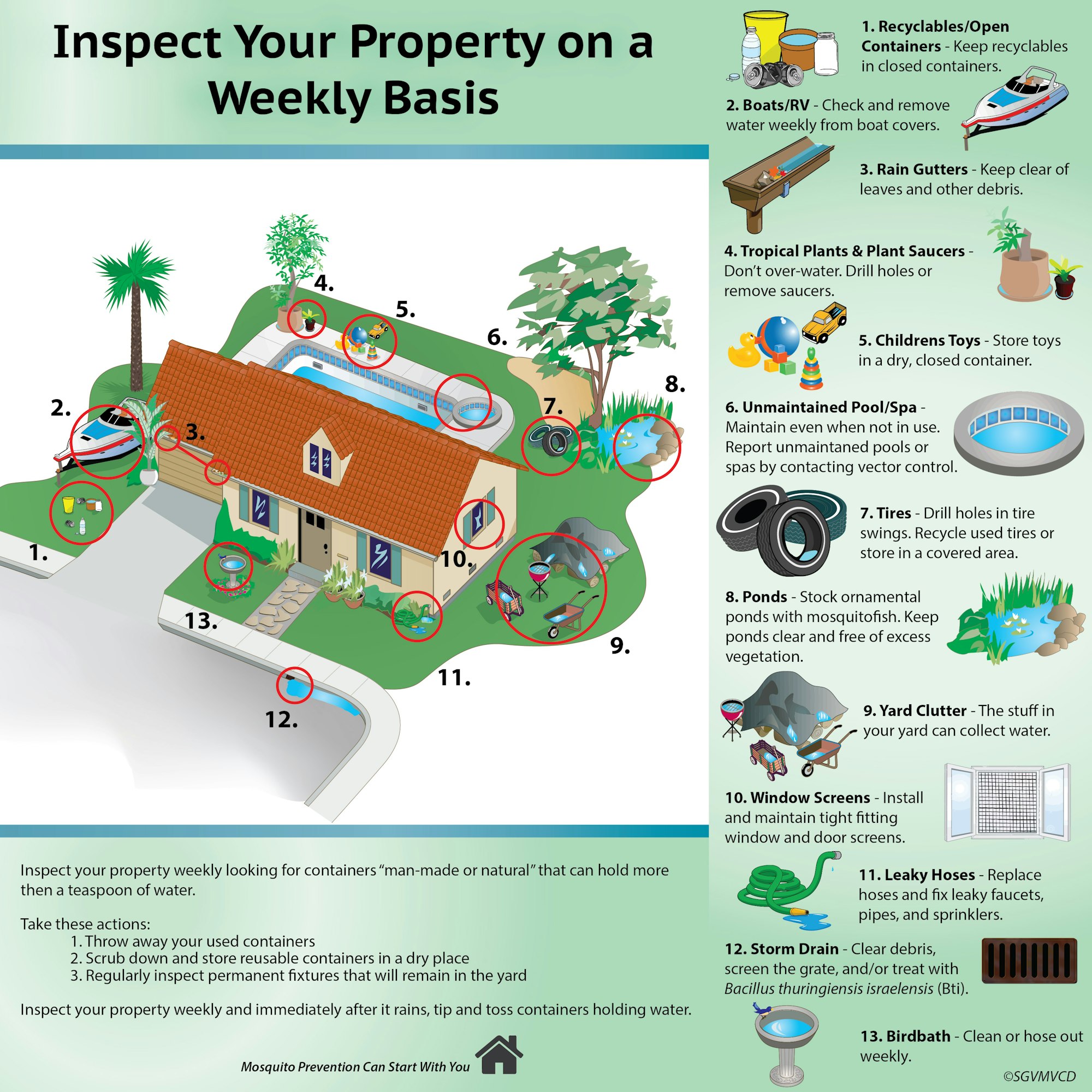
Still, having problems? Contact your local mosquito control district:

San Gabriel Valley Mosquito & Vector Control District
1145 N Azusa Canyon Road
West Covina, CA 91790
(626) 814-9466
The Greater Los Angeles County Vector Control District (GLACVCD) and San Gabriel Valley Mosquito and Vector Control District (SGVMVCD) are two of five vector control districts in Los Angeles County.




